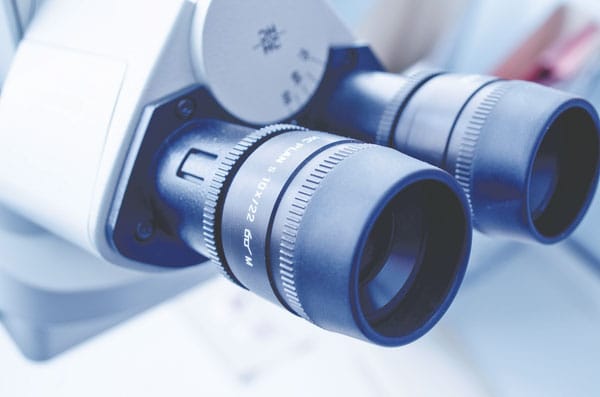Keeping an EYE on the aging process

By Lynne Marsala Basche
If you are a person who does not use glasses or wear contact lenses, you may not think about getting yearly eye exams. However, eyes can begin to experience age-related changes in our early 40s, and as we continue to age, the possibility of developing eye disease increases, which is why staying on top of eye care is essential.
As people age, several changes can occur in their eyes. Perhaps the most common initial shift people notice is having difficulty changing focus between looking at something in the distance to something up close. This condition is called “presbyopia,” and it occurs as the crystalline lens of the eye loses its elasticity. Typically, over-the-counter reading glasses or “cheaters” can help when looking at things up close.
For those over the age of 65, developing cataracts is the most common condition, and it happens when the crystalline lens becomes cloudy with age. According to Dr. Jason Ortman, owner of Castle Pines Eye Care, his practice sometimes sees cataracts earlier in patients due to the increased exposure to UV light in Colorado.
When asked what are the most common eye diseases people should be aware of as they age, Ortman noted three main conditions: glaucoma, which causes progressive damage to the optic nerve and loss of nerve tissue, resulting in loss of vision; macular degeneration, which is a leading cause of vision loss in people over the age of 50 and occurs when there is degenerative change to the macula; and diabetic retinopathy, which is the leading cause of blindness in the United States.
While some conditions have a heredity component, there are ways to maintain eye health on a daily basis. Smoking and UV light exposure are known risk factors for developing macular degeneration, so always be sure to wear quality sunglasses with UV protection to help combat the harmful effects of UV light. “Additionally, just like your family doctor would say, a healthy diet including green leafy vegetables, omega 3s, and other superfoods rich in vitamin A, vitamin C, beta-carotene, zinc, lutein, zeaxanthin and selenium aid in overall eye health,” said Ortman.
In today’s technology-driven world, early studies researching blue light (short wavelength, high energy light) from electronics indicate devices can cause digital eyestrain, which could manifest itself with headaches, dry eye and general discomfort. Ortman noted a few studies show that it may also increase the risk of macular degeneration. Limiting screen time and wearing glasses with special blue light protection can help reduce exposure to blue light.
Yearly eye examinations should be on everyone’s calendar. An eye injury, experience with flashes, floaters or loss of or sudden change in vision should prompt an immediate appointment.
“A comprehensive eye examination by an optometrist checks more than how well people see,” said Ortman. “In our office, we commonly see signs of high blood pressure, high cholesterol and diabetic changes in the eye that patients were not aware of. We communicate these results with the patient’s primary care provider. Many early signs of disease can be seen before a patient notices the symptoms. Early preventative care and management can help preserve the quality of vision throughout life.”